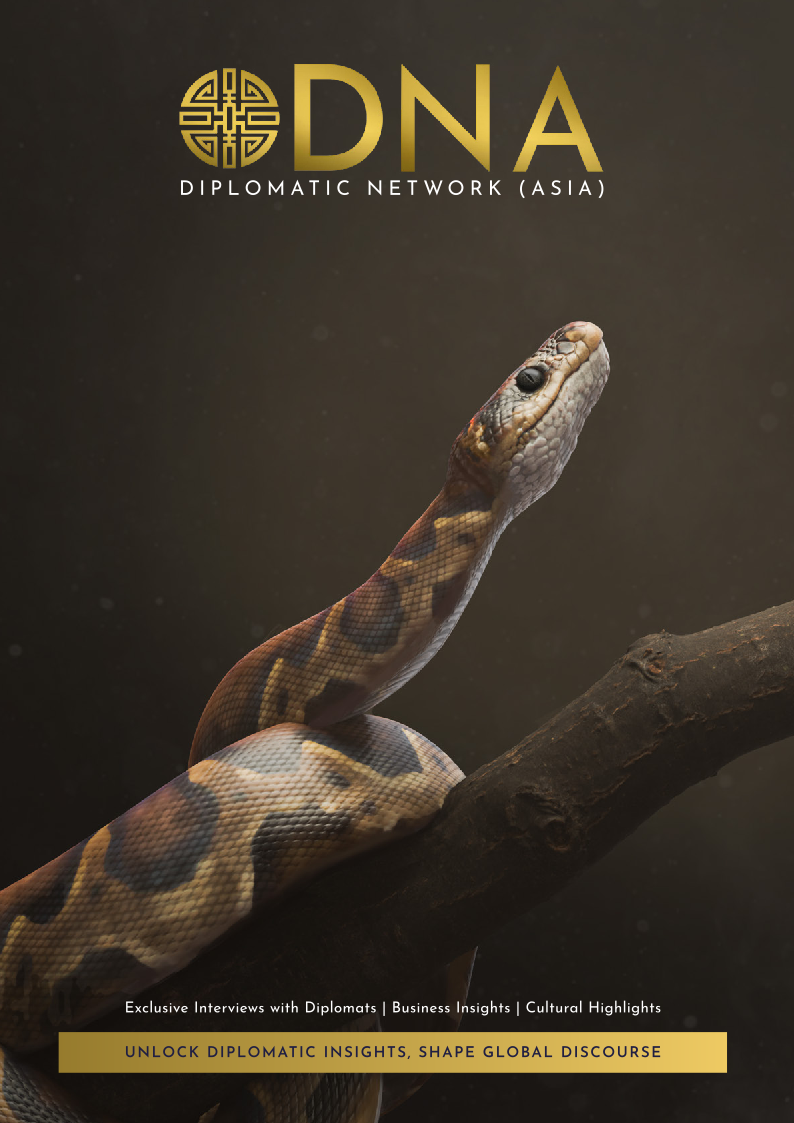
Singlish, a colloquial form of English that is spoken in Singapore, is a shining example of the richness of Singaporean culture, where global influences have converged to form a rich cultural tapestry in the heart of South Asia.
A child of the country’s history and geography, Singlish incorporates elements of Chinese, Malay, Tamil, and Hokkien into its own unique dialect.
To understand Singlish, one needs to understand Singapore’s geography and history. Despite its small size and lack of natural resources, Singapore has been a crossroads of trade and commerce for centuries. This created a mixing ground for cultures and languages which have, over time, blended to create Singapore’s unique identity today.
“Singlish is a daily reminder to Singaporeans that we have a rich, multilingual and multicultural history,” Dr Gwee Li Sui, who is a poet, writer and expert on Singlish, told DNA, “This reminder is important especially when we tend day-to-day to move in our own smaller circles.
“As something every one of its speakers helps bring to life, Singlish also reminds us that language is owned and not just acquired. It empowers us as much as it tells us who we are.”
Gwee has authored numerous books, one of his most successful being ‘Spiaking Singlish‘, published in 2017. He has also translated several literary classics into Singlish.
Commonly used Singlish words depend on the age group, the community, and the socio-economic class, according to Gwee.
The word ‘shiok’ means enjoyable or satisfying, is derived from Malay, while ‘lah’, which is often used at the end of a sentence for emphasis, originates from Hokkien. Other Singlish words and phrases have their roots in Chinese dialects, such as ‘chop’ (to reserve a seat or a place) and ‘kiasu’ (afraid to lose out).
“Then comes a one-word response like ‘can!’ that gets said often due to its versatility, being able to mean anything from ‘yes’ or ‘I understand’ to ‘this is permitted’ or ‘it is agreed’,” Gwee said.
Many people don’t realise how pervasive Singlish is in the city-state because they don’t discern that certain words, phrases, and sentence structures are not technically standard English, Gwee said. Singlish comes in many forms and is malleable according to the needs of the speaker.
“Like most languages, Singlish has horizontal and vertical gradations. It can move upwards to integrate with competently used English or sideways to merge with how different communities speak,” Gwee said.
Despite its cultural significance, Singlish is not always accepted in formal or professional settings, where standard English is usually preferred. This has led to debates about the status and legitimacy of Singlish, with some arguing that it is a valuable and authentic part of Singaporean identity, while others view it as a barrier to effective communication and social mobility.
When it comes to visitors, Gwee said that people should not be worried about testing out some Singlish words with Singaporeans.
“So long as there is a willingness to use it right and to approach it with a respectful, open mind, more Singaporeans are excited rather than horrified to hear visitors speak it,” Gwee said.
If you enjoyed this, you might enjoy DNA’s story on a classic Vietnamese pancake call the bánh xèo.







